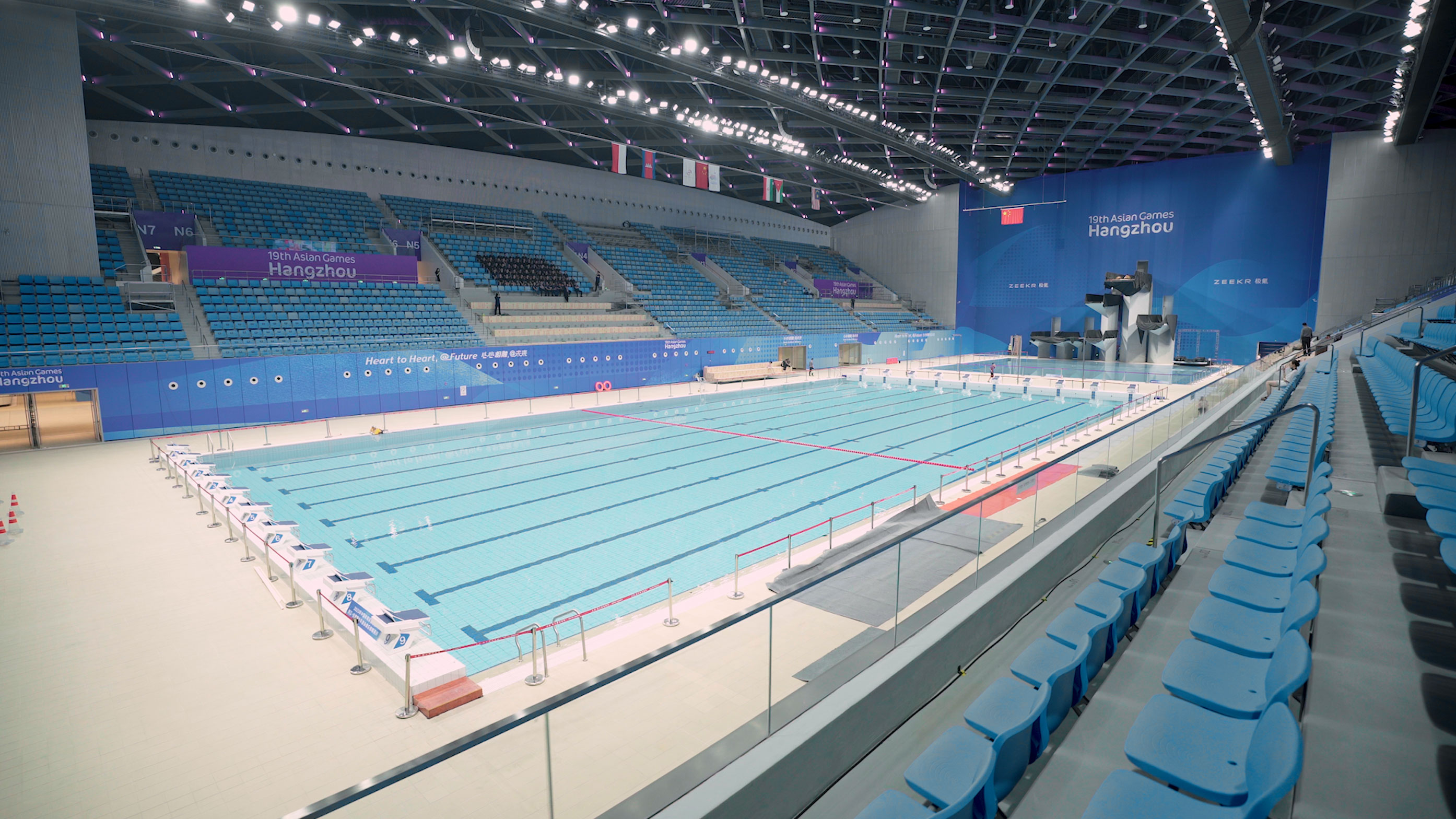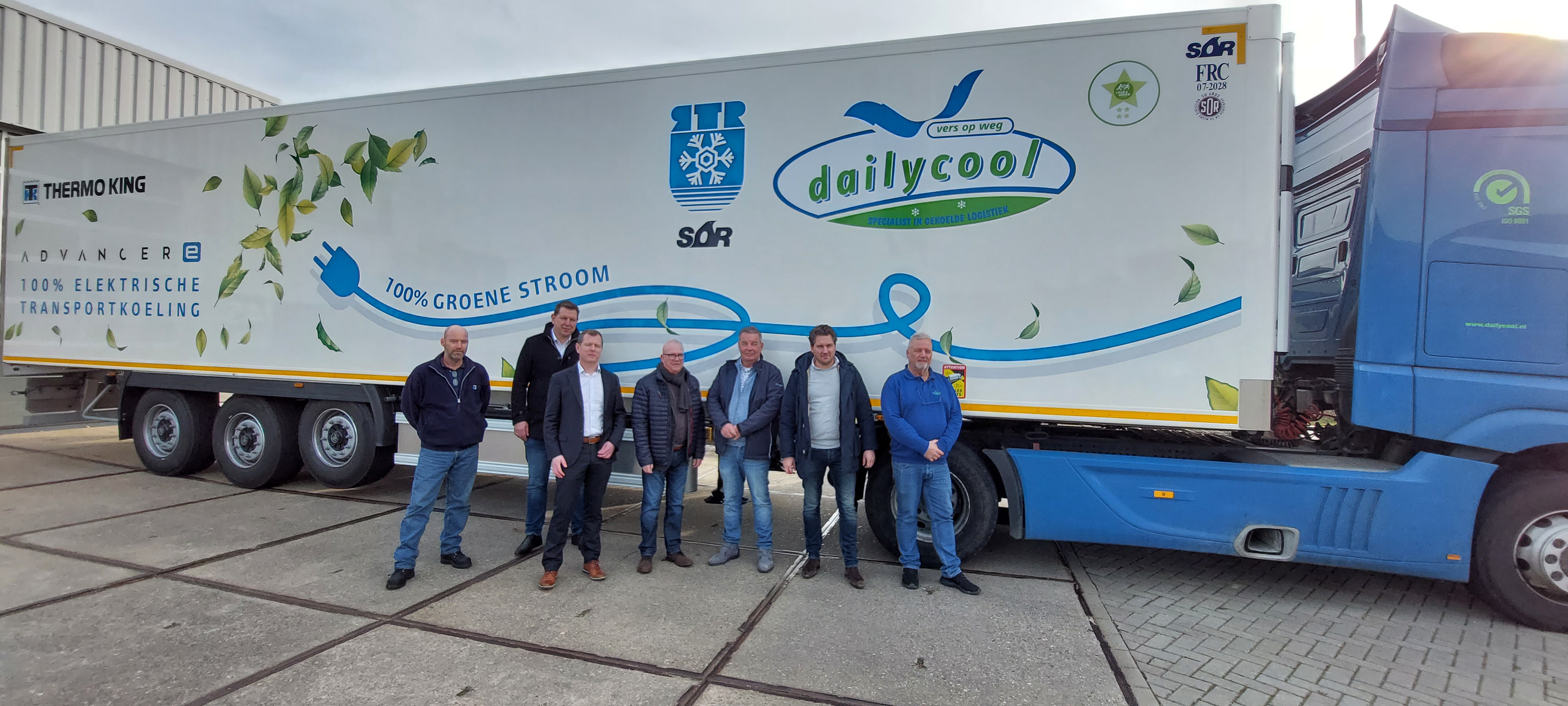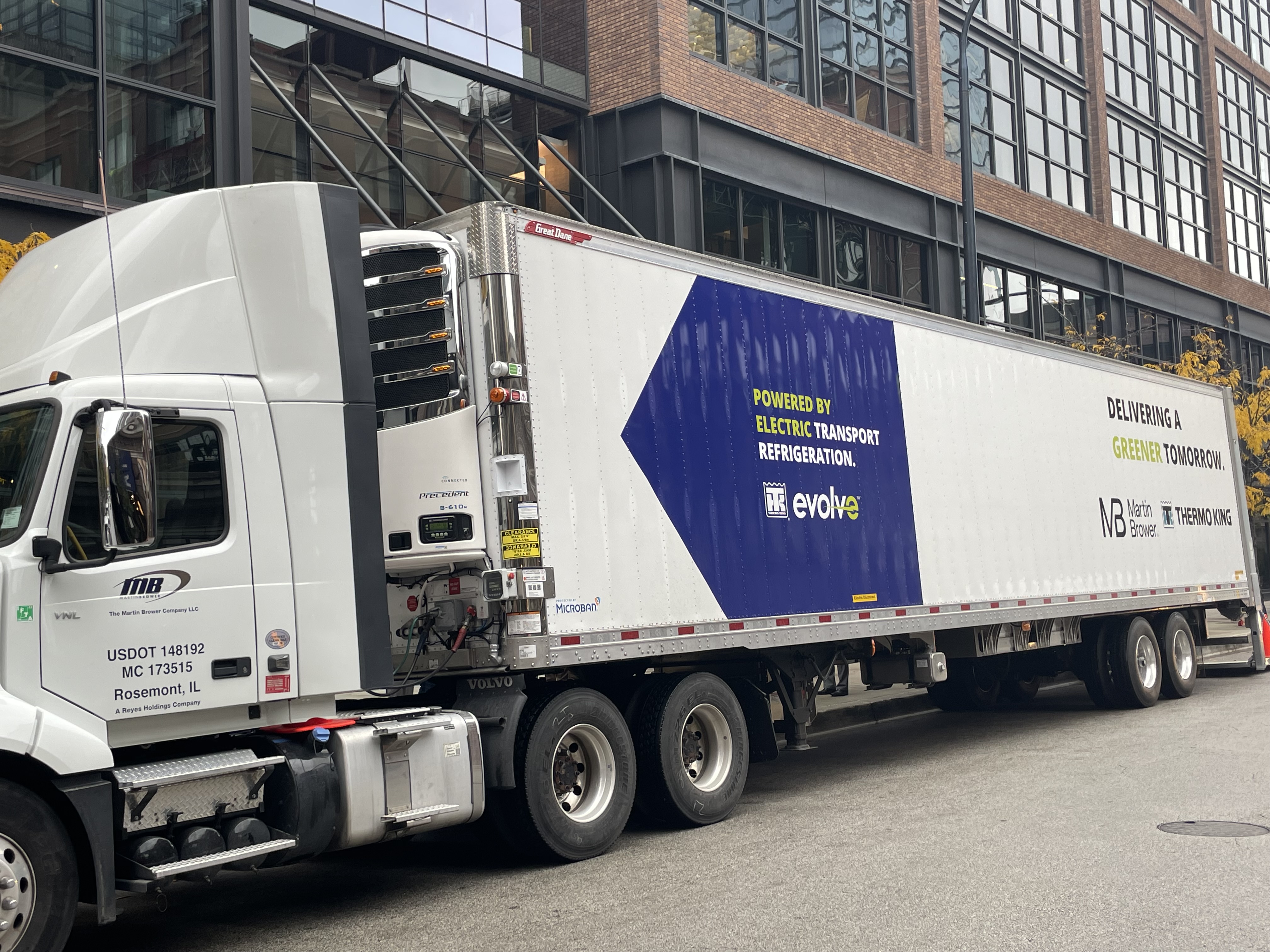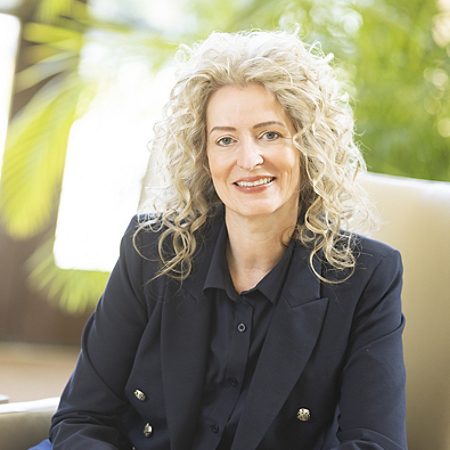Originally constructed in 1972 as the largest office building in the world, 55 Water Street stands today as one of New York City’s premier Class A commercial office structures. At over 3.5 million square feet, the building serves as the largest privately owned office building in New York City, large enough to need its own zip code.
Its location in the heart of Manhattan’s financial district near the East River gives tenants and visitors unmatched views of the New York City skyline and harbor from each of its 51 floors in addition to its elevated acre of public outdoor space.
For the owners and managers of this New York City landmark, building modernization is not only about providing comfort and amenities and enhancing the resiliency of the infrastructure, but also reducing the building’s carbon footprint. More than 70 percent of greenhouse gas emissions in New York City come from buildings, and 55 Water Street is doing their part to decarbonize 3.5 million square feet of it.
More than a decade ago, they made a commitment to the community and tenants to reduce the building’s impact on the environment, provide resiliency and create value. Trane® by Trane Technologies has been partnering with 55 Water Street on their decarbonization journey for over a decade, beginning with equipment upgrades and today continuing to advance building electrification technology—all along working together toward a more sustainable future.
Building a sustainable future
Between 2011 and 2014, Trane worked with 55 Water Street to create grid resiliency and building redundancy by upgrading the chiller plant—including thermal storage and controls. The chiller plant now includes two high-efficiency duplex centrifugal chillers and a dual-duty chiller, capable of charging 143 ice storage tanks, as part of the building’s thermal storage system.
The thermal energy ice tanks store cooling energy like an HVAC battery and dispatch it when it’s most beneficial for the building. The Trane chiller cools fluid that circulates through tubes in the tank to freeze the surrounding water. At night when electricity rates are lower, the dual duty chiller charges the tank (produces the ice), and during the day when renewable energy is available, the plant discharges (melts the ice) to lower the need for grid-provided energy.
Controls connect these critical components, optimizing cooling system operations for resiliency, efficiency, energy cost savings and carbon footprint.
Upgrading existing buildings with limited rooftop and utility space in dense urban areas like Manhattan presents a range of challenges, but the team worked together through them all, aligned toward the goals of reducing environmental impact, providing resiliency and creating value for the tenants and community of 55 Water Street.
These improvements saved 2GWh/year of energy, reduced summer peak demand by 2.1 MW, offset 36 million pounds of CO2e—the equivalent of removing 3,280 gas-powered cars from the road—and save $2.5 million a year in building operational cost savings. As a result, 55 Water Street was awarded $942,000 in incentives from the New York State Energy Research and Development Authority and was recognized with the 2017 Energy Project of the Year Award from the New York Association of Engineers.
Accelerating decarbonization
In 2015, Trane helped 55 Water Street to find even more ways to decrease their energy use through intelligent services. Between 2016 and 2019, the work continued with an upgrade to the four back-up diesel generators with clean emissions technology to significantly reduce the nitrous oxide emissions. These generators are used to reduce the demand on the local grid when it is stressed. These resiliency improvements reduced summer peak demand by 5.0 MW and earned $4.25 million in incentives from Con Edison Demand Management Program.
“We invested in these decarbonization technologies to meet our ongoing commitment to our tenants and the community to reduce the building’s impact on the environment, provide resiliency and create value,” said Dan Palino, chief operating officer, New Water Street Corporation. “The performance of these infrastructure changes has exceeded our expectations in reducing our ongoing energy usage, and we have contributed to improving the reliability of the electricity grid locally.”
Today, Trane is working with 55 Water Street to ensure compliance with new state and local laws requiring further emissions reductions. Together we are advancing building electrification technology, delivering on the owners’ commitment to the community and tenants and serving as a leading example of how to build a net-zero future.



















